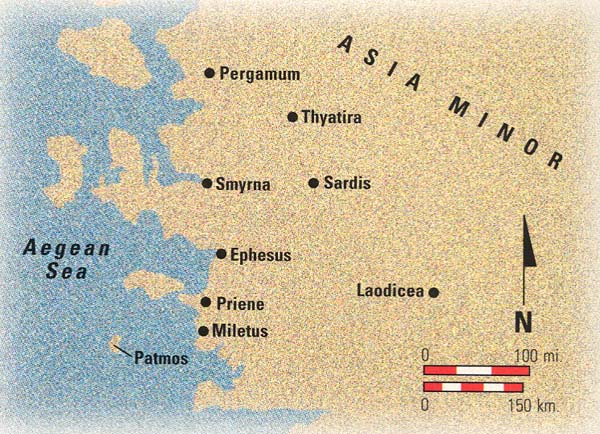

A careful study of the archaeology of Ephesus will, I believe, deepen our understanding of one of the visions in the Revelation of John, perhaps the most difficult book of the New Testament.
The last book of the New Testament canon, Revelation records the fantastic heavenly revelations received by a certain John. Known as the Revelation of John or the Revelation to John, the book is also called the Apocalypse, which is simply the Greek word for revelation. The book begins, “The revelation of Jesus Christ, which God gave him to show to his servants what must soon take place and he made it known by sending his angel to his servant John” (Revelation 1:1).
The so-called seven letters to the churches of Asia follow, the first of which is to the church at Ephesus. For this reason, some commentators suggest that the book was written in Ephesus, although John himself says only that at one time he was “on the island called Patmos” (Revelation 1:9). The other six letters were written to churches in Smyrna, Pergamum, Thyatira, Sardis, Philadelphia and Laodicea; all seven of these cities are in western Asia Minor and belonged to the Roman province of Asia in the first century C.E.
Already a library member? Log in here.
Institution user? Log in with your IP address.

